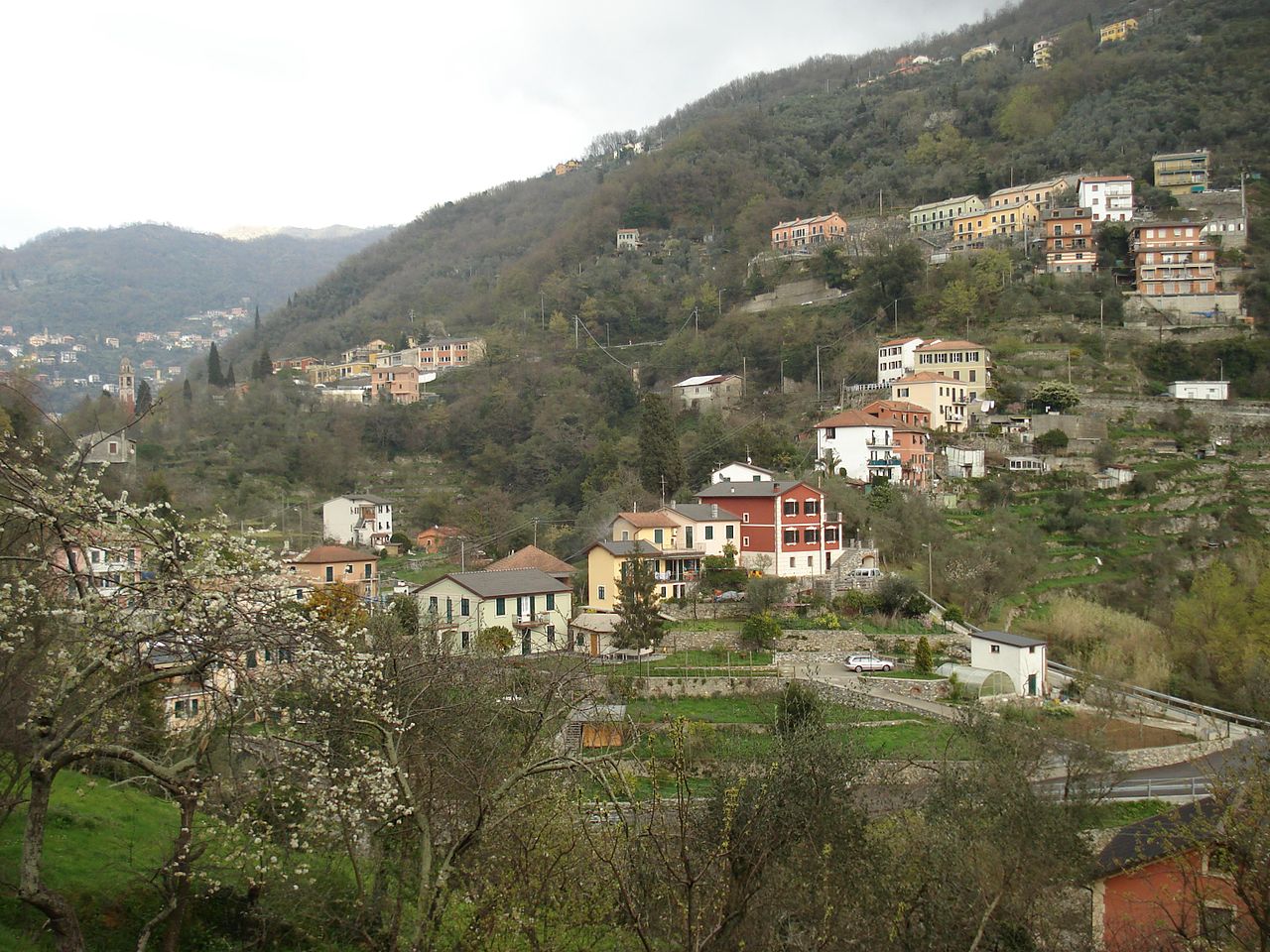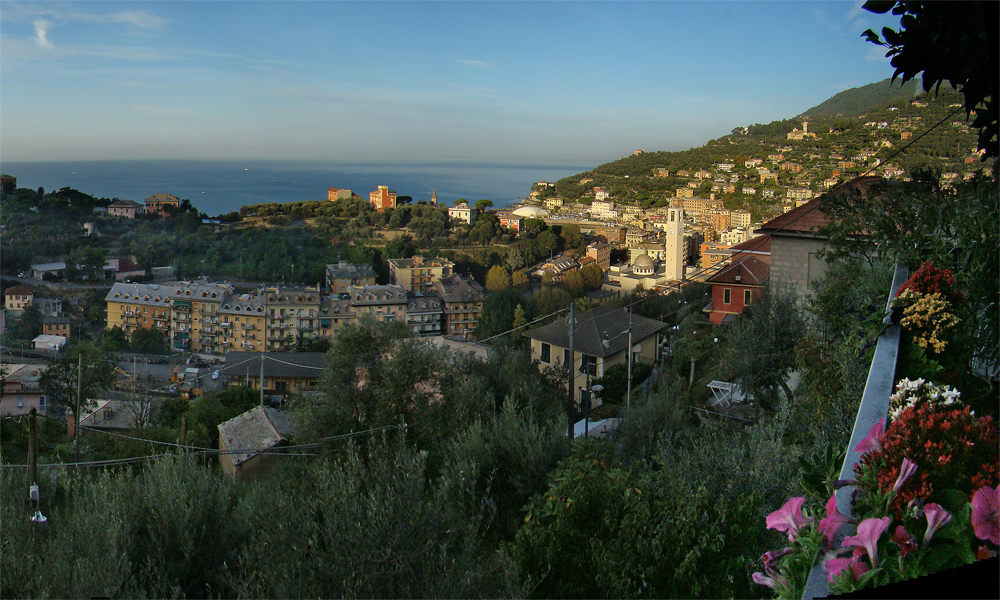Let us begin with a GSD ad from 1968, a year after the GSD company startup:
The address indicates that the firm was based in Recco before the move to Avegno. Recco was another municipality in the Metropolitan City of Genoa in the Italian region of Liguria, view below.
The listed products include four mask models, the Samoa, the Smeralda, the Simbad and the Malibu, and one fin model, the Samoa. Today our focus is on the "Simbad" mask, which is said to be the first GSD mask, named after Sinbad the Sailor (below)
The Simbad series of GSD masks has been analysed in detail in
Mondo Sommerso:
Rough translation:
For the "Simbad" series of masks we must do the same for the manufacturer as has already been done for the "Samoa" series: why create three different models, albeit from the same series, without giving them a name that would serve to distinguish them from each other. other? In order not to confuse the reader, we have "baptised" these masks with a definition.
Having said that we must begin the series of praises, because even this series of masks, like the previous one, is well researched, better made, and has an elegance of its own. However, we must immediately warn that as a type of mask it is not exactly the most suitable for the committed diver, the one, to be clear, who goes into the water wrapped in equipment, who would need, if he could have them, many more hands than he has. . It is difficult for this type of diver to have two fingers completely free to "compensate" at will: therefore it is logical that he prefers the Pinocchio type masks, that is with the profile of the nose completely external. The "Simbads" are instead of the type conventionally called "compensation": that is, they have the housing of the nose inside the mask, immediately behind the glass. To compensate, it is necessary to introduce the two fingers inside the two special housings, with a completely vertical movement from bottom to top; while with the Pinocchio types the fingers can be tightened with a much more practical oblique position. Despite this feature the "Simbads" tighten very easily, compared to those of the same type.
The construction system is the same as that adopted for the "Samoa": a tempered glass set in a hard plastic frame, which in turn is set, and tightened by a stainless steel ring, in the frame of the rubber part. The ring with automatic coupling has no roughness. The support on the face is softened by a thin rubber flange along the entire edge, except at the height of the nose housing. For details, we refer the reader to the issue of last January.
Where it deserves to dwell, as always when it comes to masks, is in the visual field; the only aspect on which the manufacturers have not yet focused their attention enough, and which is likely to bring great improvements to the masks. Let's look at the visual fields of these three models and compare them with the visual fields of the three masks examined in the previous episode. The first consideration is that the stereoscopic areas of these three models are much larger and above all much more regular than those of the models already examined. In making the comparison, however, one must be careful: the Pinocchio-type masks all have, in the central area, two small areas with monocular vision due to the shadow caused by the housing of the nose insinuated in the middle of the glass. This defect can be mitigated, but never eliminated; and it is a defect largely filled by the ease of the compensation maneuver. The comparison, therefore, must be made between masks of the same type.
Comparing the visual fields of the three models examined here, we note that the most regular and the widest horizontally is that of the oval "Simbad". The greater horizontal width is due to the rounded edges of the glass, while in the other two models it is linear. The oval model, however, has a lower vertical development than that of the other two models, and this is due to the fact that for aesthetic reasons the glass of the oval model has a vertical development less than seven millimeters than that of the other two masks. For regularity of the visual field, the "low-lobe" model follows, even if the two areas with monocular vision are curved a little too high. The ideal (and such a mask is very easy to make) would be an oval model with a glass having a vertical development greater than five millimeters, and a design of the upper part of the glass very similar to that of the "Simbad" "with high lobes".
The "Simbads" (like the "Samoa") are also sold with the two glass surfaces protected by a thin paper, which must be removed before using the mask. This is a useful precaution, adopted by GSD, to prevent the glass of the mask from being tarnished by the by-products of the rubber curing, which settle there during storage, or by the residues of the substances passed on the rubber after molding.






